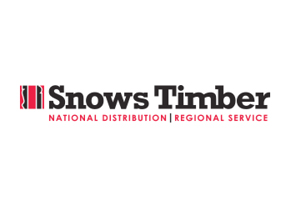Fasteners for structural timber: nails, staples, screws, dowels and bolts

Timber designers usually consider connection design to be the most difficult area in timber engineering. The traditional mechanical fasteners for structural timber are divided into two groups depending on how they transfer the forces between the connected members - 'dowel-type fasteners' and 'metal connectors'.
This Wood Information Sheet (WIS) describes the dowel-type fasteners: nails, staples, screws, dowels and bolts. These fasteners can be CE marked in accordance with BS EN 14592. With these fasteners, the magnitude of load transfer between the connected members depends on the bending behaviour of the fastener as well as the bearing stresses developed in the timber along the shank of the fastener. Friction within the interface between the two connected members and axial pullout resistances could also contribute to the shear (lateral) capacity depending on the fastener type.
This sheet also details the applications of each fastening type including which types can be used to fasten timber to steel.
Contents:
- CE Marking
- Nails
- Staples
- Screws
- Dowels and bolts
- Design
Suggested Reading
Contemporary non-metallic timber connections
In buildings such as swimming pools, grit salt storage facilities and agricultural spaces there is a need for the provision of corrosion-resistant structure. Timber structures are an effective solution in these instances. However, within these structures it is also necessary to use corrosion-resistant connections.
In recent years, interest in...
01/01/2012 | Research Summarie
Timber engineering hardware and connectors
This 2016 edition contains revisions to the CE marking section, on account of new terminology und the Construction Products Regulation, 2011, as well as several minor corrections.
The term 'timber engineering hardware' encompasses a diverse range of metal components, made of steel plate, sheet or strip, which are used to...
27/02/2017 | Wood Information Sheet
Glulam - connecting with future developments
Glued laminated timber (glulam) beams and columns have been used for decades as an engineered timber product that allows designers to span further, carrying heavier loads while retaining all of the benefits of using wood in structures.
Article from Timber 2016 Industry Yearbook
01/01/2016 | Magazine Article

















